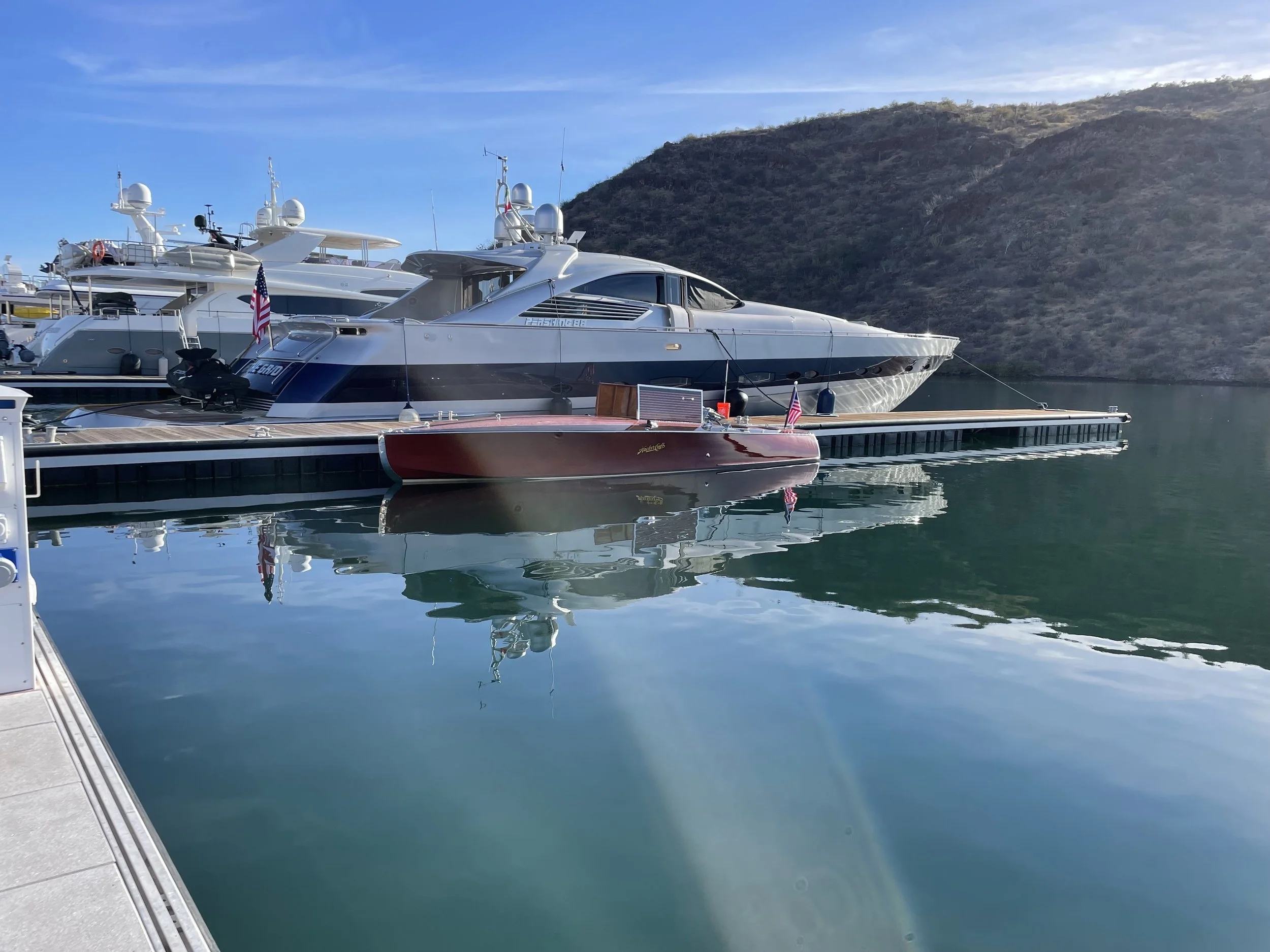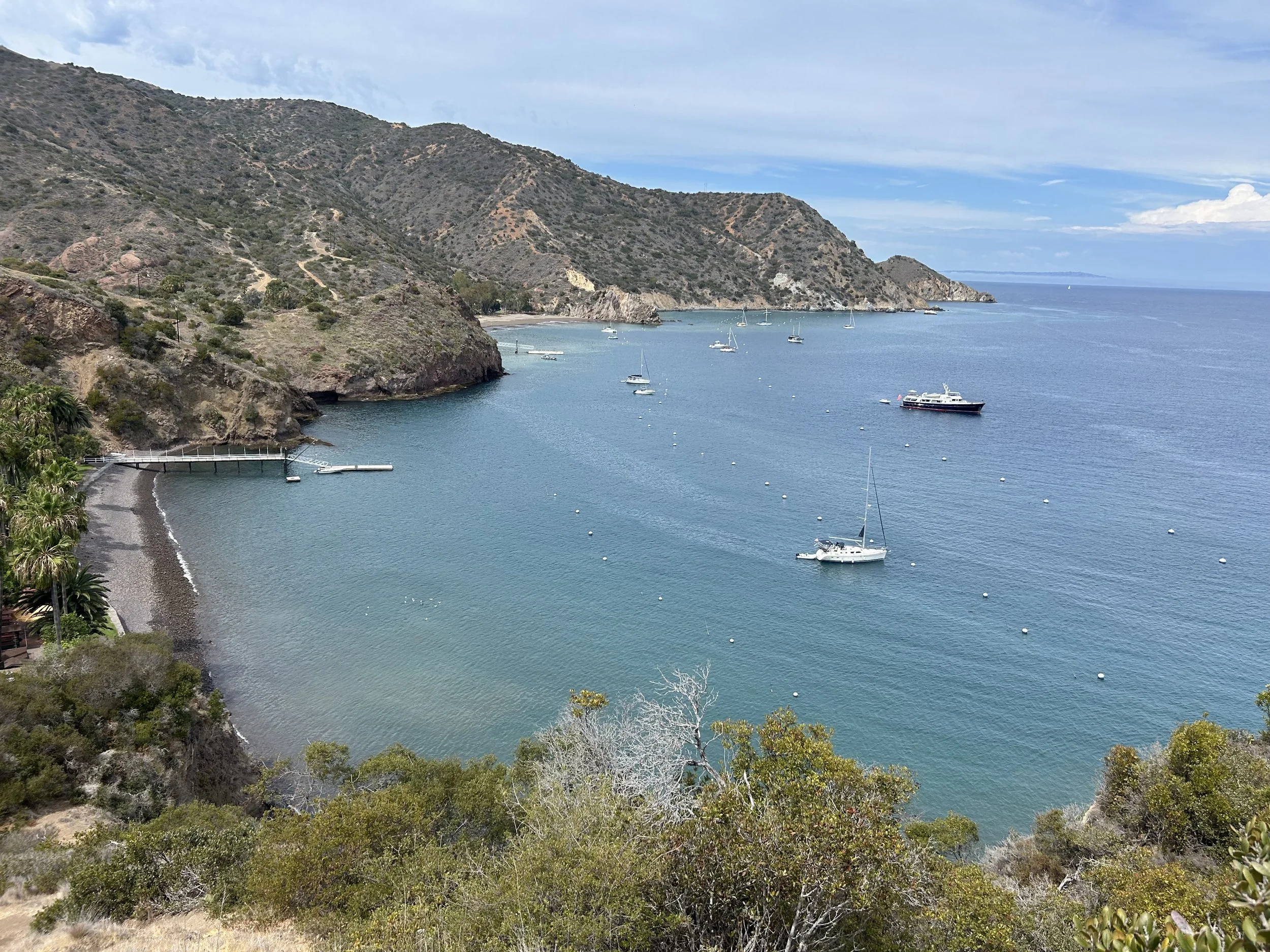Guide to Taking Your Yacht to Mexico 🇲🇽
Dreaming of taking your yacht south of the border? From customs paperwork to provisioning tips and the best anchorages along Baja, this guide walks you through everything you need to know before sailing to Mexico - sun, salt, and freedom included.
If you’re dreaming of cruising down the coast and exploring Baja’s turquoise waters, taking your yacht to Mexico can be an unforgettable adventure. From Ensenada to Cabo San Lucas, the trip offers incredible scenery and a true taste of freedom — as long as you’re prepared.
Here’s a simple guide to make your voyage smooth, safe, and stress-free.
1. Make Sure Your Documentation Is in Order
Before heading south, ensure you have:
Valid vessel registration and proof of ownership
Passports for everyone on board
Mexican Temporary Import Permit (TIP) – required for all foreign vessels
Crew list and insurance documents in both English and Spanish if possible
You can apply for your TIP online through Banjercito or in person at the first port of entry (commonly Ensenada).
2. Plan Your Route and Fuel Stops
The most common first stop from Southern California is Ensenada, where you’ll clear customs and immigration. From there, popular cruising destinations include:
Isla San Martín and Bahía Tortugas
Magdalena Bay (great for whale watching)
Cabo San Lucas and the Sea of Cortez
Always check fuel range and marina availability ahead of time — not every port has reliable refueling.
3. Prepare Your Yacht
Before departure, schedule a full mechanical check. Inspect your engines, bilge pumps, navigation lights, and safety equipment. Bring spare parts, filters, and oil. Saltwater, heat, and longer runs can wear your systems faster than local trips.
Tip: If your lettering or graphics are peeling, consider updating them before your voyage — bright, clean decals make your yacht look professional and easy to identify when checking into marinas.
4. Understand Mexico’s Boating Rules
Mexico requires all yachts to check in at each major port (called “port captain’s offices”). You’ll fill out a simple arrival form, show your TIP, and sometimes pay a small fee.
Be respectful of protected marine areas — fishing or anchoring in restricted zones can result in fines.
5. Safety & Communication
Always have:
A working VHF radio and backup handheld
Life jackets for all passengers
EPIRB or satellite tracker for offshore travel
Up-to-date charts or navigation apps (Navionics or C-Map)
Let a friend or marina know your route and expected arrival time at each stop.
6. Enjoy the Journey
From the rugged cliffs of Baja to the calm anchorages of the Sea of Cortez, cruising Mexico by yacht is an experience few forget. Take your time, plan ahead, and enjoy every mile of open ocean.
Guide to Getting a Mooring or Boat Slip in Catalina Island
Planning a trip to Catalina Island? Here’s everything you need to know about getting a mooring or boat slip in Avalon, Two Harbors, and beyond. Learn how to reserve, what to expect when you arrive, and tips for a stress-free island stay.
A weekend getaway to Catalina Island is a Southern California favorite — crystal-clear water, harbor sunsets, and that feeling of being far from the city, even though you’re just 26 miles from the coast. But before you drop anchor, you’ll need to understand how to secure a mooring or slip. Here’s your go-to guide to help you plan ahead and enjoy a smooth trip.
1. Know the Difference: Mooring vs. Slip
Mooring: Most boats in Catalina use moorings — buoys anchored offshore that you tie up to using both a bow and stern line.
Slip: Slips are limited and mainly found at Cabrillo Mole, Green Pleasure Pier, and Avalon Harbor (for smaller vessels). For overnight stays, moorings are the standard option.
2. Choose Your Harbor
Catalina has a few main destinations for boaters:
Avalon Harbor: The most popular and lively spot, great for restaurants, shopping, and nightlife.
Two Harbors: Quieter, more remote, and ideal for those looking to relax or explore by kayak or dinghy.
White’s Landing, Cherry Cove, Emerald Bay, and others: Smaller coves managed by the Catalina Island Company — peaceful and scenic.
3. How to Reserve a Mooring
Catalina uses a first-come, first-served system, but you can reserve online by calling the Avalon Harbor Department (310-510-0535).
For Two Harbors, reservations are through visitcatalinaisland.com or by calling 310-510-4254.
👉 Tip: During summer weekends, arrive early (before noon) or book ahead — moorings fill up fast, especially before holidays.
4. What to Expect When You Arrive
When you enter the harbor:
Call Harbor Patrol on VHF Channel 12.
They’ll assign your mooring number and guide you in.
Pick up the bow line, run it to your cleat, then grab the stern line using your boat hook.
Fees are based on vessel size and location, usually between $40–$100 per night. The Harbor Patrol will stop by to collect payment and provide wristbands for shore access.
5. Essentials to Bring
Long bow and stern lines
Boat hook and gloves
Trash bags (there are strict waste rules)
Dinghy or tender to reach shore
Ice, water, and fuel — amenities are limited in some coves
6. Enjoy the Island Life
Once you’re settled, relax and explore. Snorkel at Lover’s Cove, grab lunch at Descanso Beach Club, or unwind at the Two Harbors Harbor Reef bar. Catalina’s charm is all about slowing down and enjoying the view from your deck.
Need to Get Your Yacht Catalina-Ready?
Before your next island trip, make sure your yacht looks its best.
At Yacht Services Los Angeles, we specialize in professional yacht lettering, decal installation, and oxidation repair for vessels from Marina del Rey to Newport Beach — so you arrive at Catalina looking sharp.
📞 Call or text (847) 833-7246


